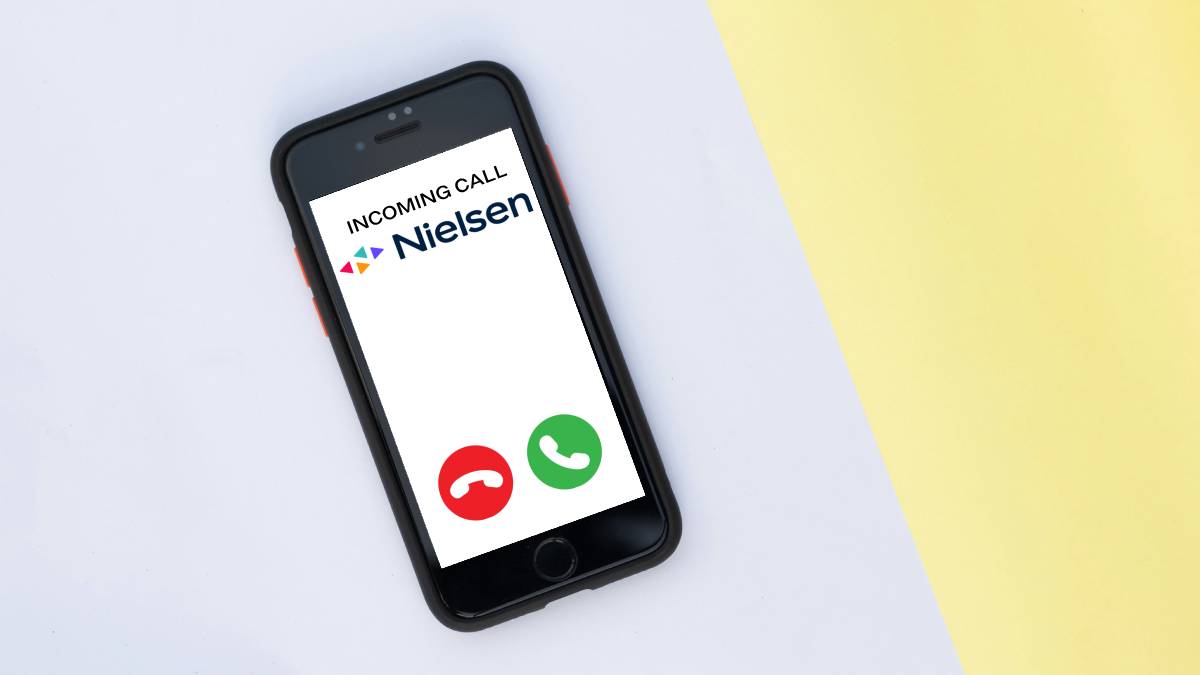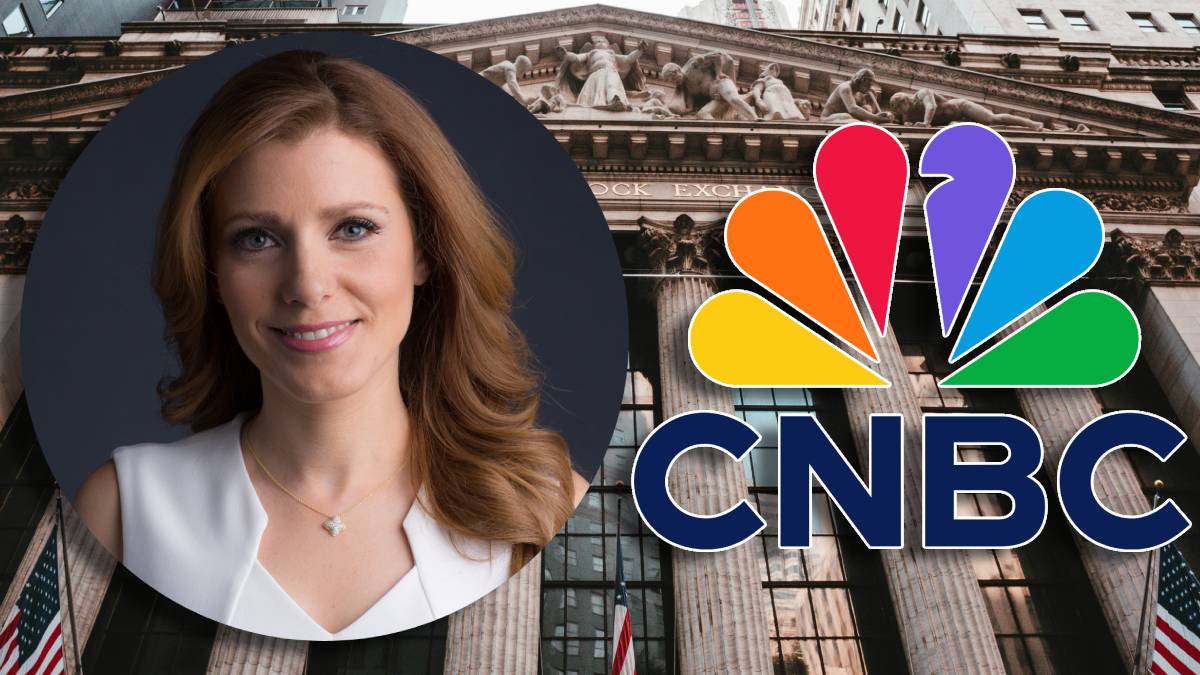Last January, Meruelo Media created a buzz when it announced that it would stop subscribing to Nielsen and its PPM rating service in Los Angeles.
At the time, “Inside Radio” report, “This means that ratings data for Meruelo’s four L.A. stations, KLOS (Rock), KPWR, Power 106 (Rhythmic CHR), KDAY (Classic Hip Hop), and KLLI, Cali 93.9 (Spanish CHR) will no longer appear in published ratings reports.
More significantly, Nielsen will no longer include listening data for Meruelo stations in the summary dataset that fuels the major buying systems used by agencies and advertisers per (Nielsen’s) Subscriber First policy adopted in 2020.” (“Inside Radio,” January 24, 2024).
As stated in the announcement, Meruelo’s Los Angeles radio stations did not appear in the published Holiday Ratings period.
When the announcement that Meruelo was forgoing Nielsen ratings was released, it made a certain amount of sense.
For the past 15 years, radio companies have been cutting expenses, no matter how much it has damaged the business’s long-term strategic viability.
Today, Nielsen is likely the largest expense on most radio stations’ balance sheets after payroll. Cutting Nielsen seemed inevitable. Was Merulo starting a trend?
However, with less fanfare, Meruelo’s stations were back in published reports for the January PPM release.
Apparently, Meruelo dropped the Holiday Book while negotiating a new deal. They found, ‘It’s just not feasible now to subscribe to Nielsen in a market the size of Los Angeles,” according to a person knowledgeable about the situation.
Is it time for the radio industry to reconsider its relationship with Nielsen Ratings?
At least one operator did so long ago. Ed Levine, President, and CEO of Galaxy Media Partners, which owns and operates radio stations in Syracuse and Utica-Rome, NY, parted with Arbitron, now Nielsen, 16 years ago. He’s never looked back and has no regrets.
Levine calls it “The great under-reported story of radio.”
He recalls Arbitron rolling out the PPM during the “Great Recession.”
“It added all this expense exactly as revenue collapsed,” he said.
Levine had a decision to make. He could either make numerous job cuts or drop the ratings service. “Locally based agencies know the stations,” he said. Businesses want to know how many people you got through my door,” Levine added.
He reflects on 16 years without Arbitron or Nielsen, “I can’t remember the last time a business asked for a ranker. Oh, you went from sixth to fourth 25 -to -54? Great,” he chuckles.
“Maybe it’s different in the biggest markets,” Levine concedes, “but I’ll bet there are a lot of markets, maybe 15 to 50, that could get along fine without Nielsen.”
At least one New York City station is finding out about life without Nielsen. Craig Karmazin’s Good Karma Brands also ended its relationship with Nielsen. In a Newsday interview with Neil Best, Karmazin said, “It’s outdated to use one form of media to measure a show, especially one that doesn’t reflect the entire listening audience and viewing audience across all the different ways we distribute our media now.”
Karmazin’s conclusion is consistent with Levine’s experience. New technologies provide the tools the sales department needs, according to Levine: “We can digitally show how many people heard a client’s spot or went to their website. Those are the analytics that matters.”
Even if radio companies don’t outright cut Nielsen’s PPM service, they should at least demand improvements to the system.
In the pre-PPM era, total ratings were Persons 12+. Today, the ratings are 6+. Who does this benefit?
Returning to 12+ would be a luxury, but is anybody selling 12-17-year-olds? Including kids and teens allows Nielsen to inflate the total sample size. Keeping the same sample size with panelists over 18 would be more instructive.
But don’t confuse the total sample for the daily in-tab. Most ratings analyses on which decisions are made use much smaller samples than users realize. I encourage reading Dr. Ed Cohen’s excellent and highly informational columns on Barrett News Media to understand how Nielsen’s “sausage” is made.
Some recent case studies suggest that 6+ ratings inflate total listening and give a distorted view of total market listening. There are instances where “kids” with meters pick up the listening of their mothers. Looking at 6 to 12, or even 6 to 18 demos, can often reveal strange patterns.
With access to some of the tools Nielsen makes available, interested parties can pinpoint the listening and see it’s coming from one household with a large number of meters.
Further, remember that panelists can remain in the sample for up to two years. While it may not happen frequently, it does occur. When a station suddenly tumbles out of nowhere, it’s often because it lost a heavy listening meter that had been in the sample for an extended period.
Electronic measurement promised that it would show increased listening. It was also supposed to be an economic boon by bringing packaged goods advertising to the radio broadcast industry. Both claims turned out to be dubious.
Nielsen Media Research declined to comment for this article.
These are just a few of the liabilities in the current PPM system. For the money spent, the radio industry deserves better.
Will the radio industry demand more from Nielsen, or as companies continue to cut, will more stations see Nielsen’s huge expense line and at least consider cutting it, too?
Galaxy Media Partners President and CEO Ed Levine sums up the argument for the radio industry to reevaluate its relationship with Nielsen Ratings:
“The great disconnect is linear radio ratings are tied to how things were in the 1980s and 90s, while the world and radio have changed. It’s comical that radio is now completely focused on digital revenue yet continues to pay huge dollars for a linear ratings service that has no way, despite their claims to accurately measure digital listening. It’s not about us anymore; it’s about them – the client – and how many folks we got to their website, into their store, and ultimately to buy their products,” he said.
“If the Big Three had decided not to renew with Nielsen ten years ago but rather to invest in local radio talent, the industry may have had a very different story over the past decade and face a brighter future today. The good news is that it’s not too late for the rest of us. Smarten up and invest resources where everything is flowing, not where it was in 1994.”
Andy Bloom is president of Andy Bloom Communications. He specializes in media training and political communications. He has programmed legendary stations including WIP, WPHT and WYSP/Philadelphia, KLSX, Los Angeles and WCCO Minneapolis. He was Vice President Programming for Emmis International, Greater Media Inc. and Coleman Research. Andy also served as communications director for Rep. Michael R. Turner, R-Ohio. He can be reached by email at andy@andybloom.com or you can follow him on Twitter @AndyBloomCom.







